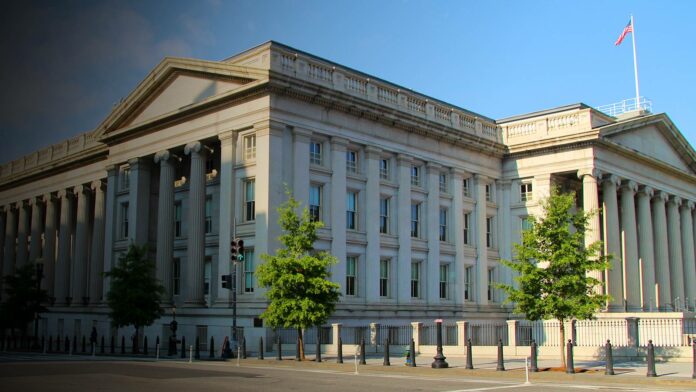The U.S. Department of the Treasury has cemented regulations governing direct payments for various clean energy tax credits outlined in the Inflation Reduction Act. Despite this milestone, the Treasury is grappling with the complexities surrounding the practice known as “chaining of payments.”
Navigating the Chaining Conundrum
Within its notice, the Internal Revenue Service (IRS) announced its intent to solicit additional input on how to manage chaining scenarios. These situations arise when an entity strategically leverages a single energy project to benefit from both direct payments and the tax credit transferability mechanism of the Inflation Reduction Act. This convoluted process involves entities purchasing credits from a clean energy developer at a discount under Internal Revenue Code Section 6418, then opting for a direct cash payment from the government equivalent to the full credit value under Section 6417.
Proposed Exclusions and Inclusions
In a bid to provide clarity amidst the complexity, the Treasury also introduced regulations that would grant certain unincorporated organizations involved in electricity production exemptions from rules prohibiting partnerships from accessing direct credit payments. Under these proposed rules, organizations and their constituents—encompassing tax-exempt entities, state and local governments, as well as tribal governments—could elect to forego partnership status, thus enabling them to access direct payments.
Treasury Finalizes Direct Pay Rules For Energy Tax Credits : Final Rules Unveiled
Simultaneously, the Treasury unveiled finalized rules pertaining to companies seeking direct payments of the investment tax credit outlined in Section 48D. This credit is tied to the development of advanced chip manufacturing facilities, an integral component of the nation’s technological infrastructure.
Treasury Finalizes Direct Pay Rules For Energy Tax Credits : Conclusion
As the Treasury navigates the intricate terrain of energy tax credit disbursement, the finalization of these regulations marks a crucial step forward. However, the complexities of chaining and partnership structures underscore the ongoing challenges in balancing incentive mechanisms with regulatory clarity.






